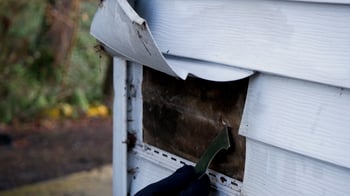Picture this: you've found damage on your building. Of course, you don't need us to tell you why this can be frustrating, surprising, or even frightening. Sometimes these thoughts can pile up, leading you to catastrophize over all the needed repairs... or maybe you're tempted to tune it out entirely, convinced there's no problem to begin with.
Truth is, there's a healthy middle ground. This month, your #BuildingDoctors want to urge you to have (healthy) concern for your building. With a vigilant eye and a proactive attitude, here are three easy things to look out for and how to deal with them properly before they snowball, all while keeping your head out of the sand.
Roofing & Attics
For steep slope (shingle) roof areas, you should look for granule loss, curling, and cracking of the shingles. Additionally, look at pipe penetration flashings, exposed fasteners, and gutter attachment. In attics, look for insulation blocking the eave vents, stains on the wood sheathing, signs of organic growth and bathroom or kitchen vents that vent into the attic area instead of outside of the building.
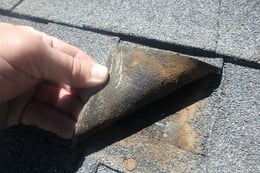
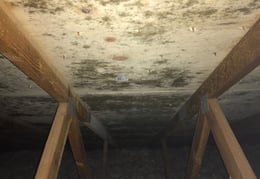
For low slope roofs (roofs lower than 2:12 slope), you need to look at base flashings, penetration flashings, ponding water, and holes in the roof membrane. Issue can vary depending on what type of low slope roof membrane you may have. It could be single ply (EPDM rubber, PVC, or TPO) or built-up asphalt membrane (SBS, APP, or asphalt felts).
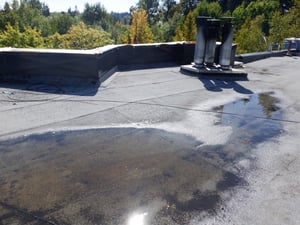
For all these reasons, it's worth taking a close look at your roofs and attic to see if you can spot any issues early before they become more serious. Don't worry, roofing systems do not fail in a drastic “all at once” fashion. However, they do fail from small issues that become more serious over time due to lack of inspection and proper maintenance.
Plumbing
Supply lines are responsible for bringing clean, pressurized water into your building for various purposes, including drinking, cooking, bathing, and more. They play a critical role in maintaining your daily comfort and well-being. The most common issues with supply lines are discolored water, poor water pressure, delays in hot water making it to the fixtures and leaks.
Meanwhile, drain lines serve the purpose of removing wastewater and sewage from your building, ensuring a clean environment for residents. The most common issues with drain lines are leaks, back ups and obstructions.
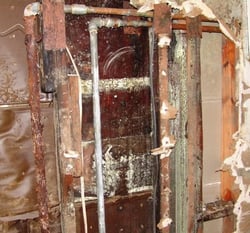
It's worth taking a closer look at your plumbing because leaks can become expensive. If you are having any of the above issues, it is best to have someone come in and evaluate your plumbing system and make recommendations. If people knew the condition of some of their supply lines... they wouldn't drink the water out of the tap!
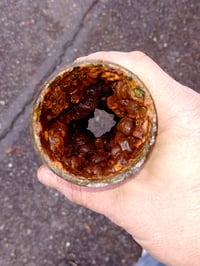
Siding
Cracks, warping, or peeling paint on your siding can be early indicators of underlying issues. Keep an eye out for any discoloration, as this might suggest water infiltration or organic growth beneath the surface. Addressing siding damage promptly is not just about aesthetics. It's about preserving the integrity of your building. Damaged siding can allow moisture to penetrate, potentially leading to structural problems. Ignoring these issues could result in costly repairs down the road.

For minor siding issues like small cracks, you can take matters into your own hands. Make sure to have the right tools, like caulk, on hand. Regular cleaning and maintenance can help prevent damage from occurring in the first place. However, some siding problems may require professional assistance. If you notice extensive damage or signs of growth beneath the siding, it's time to turn it over to the experts. Don't hesitate to give us a call when you need.
